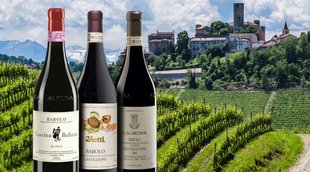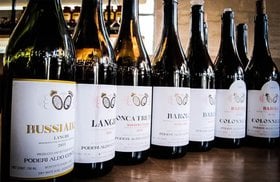Guide to Barolo Wine, Italy (10 Best Wines in 2025, Taste, Prices, Terroir)
Looking for a complete guide on Barolo wine before you buy one?
Elegant and age-worthy, Barolo is Italy’s most sought-after Nebbiolo wine. This dry red wine has a dramatic history and is said to be the most powerful expression of the Nebbiolo grape!
Discover all about this Italian wine - its rich taste, the best Barolo wines to get hold of in 2024, how it is made, wine pairing, and much more!
Further reading
- Experience the delicate flavor profiles of these exotic Italian Red Wines.
- Check out the most prestigious Red Wine Brands from around the world.
Nebbiolo: The Star Grape of Barolo Wines

The grape behind fine red Barolo wines, Nebbiolo, is known for its strong tannins, high acidity, and intense floral aromas.
Nebbiolo buds the earliest while it is one of the last varieties to ripen. That’s why Barolo winemakers are one of the last ones to start the winemaking process in the region.
The Piedmont (Piemonte) wine region in Northern Italy has some of the most well-known Nebbiolo DOC and DOCG wine regions, including Aosta Valley, Nebbiolo d’Alba, Barbaresco, Barolo, and Langhe.
Barolo DOCG Communes

The Barolo wine region or DOCG sits in the northern Piedmont region, to the South of Alba, in Italy.
It has 11 communes:
- Barolo
- Castiglione Falletto
- Serralunga dAlba
- Cherasco
- Diano d’Alba
- Grinzane Cavour
- La Morra
- Monforte dAlba
- Novello
- Roddi
- Verduno
Climate and Terroir: How it Impacts Barolo Wine Flavors
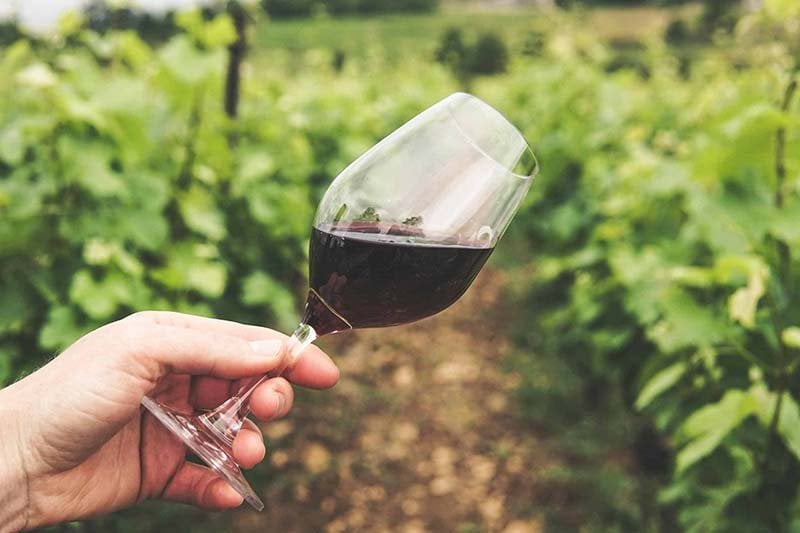
Located in the Langhe hills, these communes experience a continental climate. The Tanaro River and its tributaries influence the cool temperature of the region.
During the harvest season, rains and mildew affect the Barolo vineyards.The winemaker has to worry about the hail that may damage the crop in springtime.
The Langhe hills have different soil types. The Serralunga d’Alba and Monforte d’Alba regions have compact, sandstone-based soils, and Barolo and La Morra have calcareous marl soils - perfect for the growth of the Langhe Nebbiolo grape variety!
The alkalinity in the soil helps balance the high acidity of the Nebbiolo grape.
What Kind of Wine is Barolo? (Taste and Characteristics)

Sip a Barolo in the wine tasting room, and you’ll notice chocolate, tar, roses, mint, dried fruit, and eucalyptus notes!
It is also full-bodied with strong tannins, high acidity, and a garnet-red color.
However, Nebbiolo loses color as it ages. That’s why the wine turns brick orange as it matures.
So, which are the best Barolos to buy for your wine cellar?
10 Best Barolo Wines to Buy in 2024 (Including Tasting Notes, Prices)
Here are some of the most brilliant wines from the Barolo region:
- 2009 La Spinetta Vursu Vigneto Campe Riserva Barolo DOCG ($291)
- 2010 Giacomo Conterno Monfortino, Barolo Riserva DOCG ($1918)
- 1990 Giuseppe Rinaldi Barolo DOCG, Piedmont ($760)
- 2011 Luciano Sandrone Le Vigne Barolo DOCG ($138)
- 2010 Giuseppe Mascarello e Figlio Monprivato Ca d'Morissio, Barolo Riserva ($834)
- 2012 Cappellano Otin Fiorin Piè Franco - Michet, Barolo DOCG ($717)
- 2016 Bartolo Mascarello Artist Label, Barolo DOCG ($707)
- 2016 Massolino Margheria Barolo DOCG ($87)
- 2010 Poderi Aldo Conterno Granbussia, Barolo Riserva DOCG ($756)
- 2012 Araldica Flori Barolo DOCG ($23)
1. 2009 La Spinetta Vursu Vigneto Campe Riserva Barolo DOCG, Italy - Magnum ($291)

This rich red wine from La Spinetta is bottled only in magnum (1.5 liters.) It offers notes of sweet cherry, white chocolate, cinnamon, and flowers. It has beautiful volume and freshness and is reminiscent of the days of French oak aging.
2. 2010 Giacomo Conterno Monfortino, Barolo Riserva DOCG, Italy ($1918)
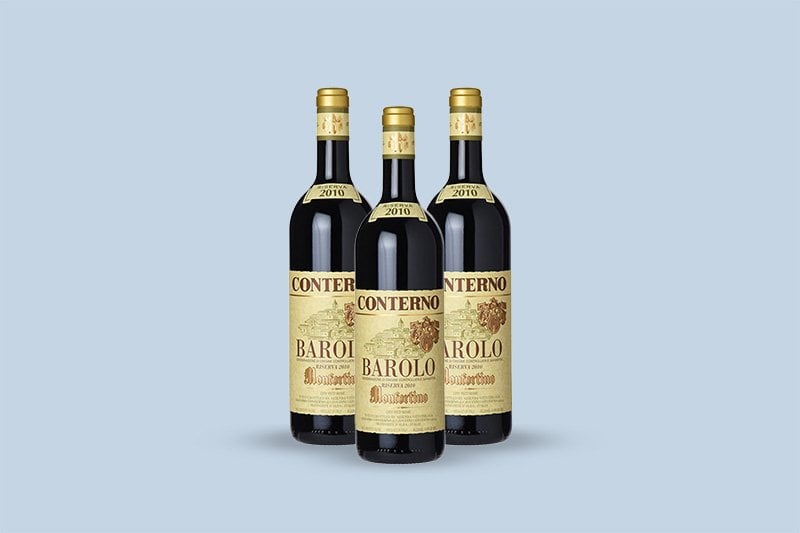
The 2010 Giacomo Conterno Monfortino comes from the Giacomo Conterno winery, located outside the Monforte region. It is a ruby red wine with balanced flavors and bright acidity.
The nose of this Piedmontese wine is dominated by floral aromas with hints of plums, stone, smoke, licorice, and black chocolate. The fine tannins make the wine smooth on the palate. You also get ripe fruit flavors with notes of soil and savory spices.
3. 1990 Giuseppe Rinaldi Barolo DOCG, Piedmont, Italy ($760)
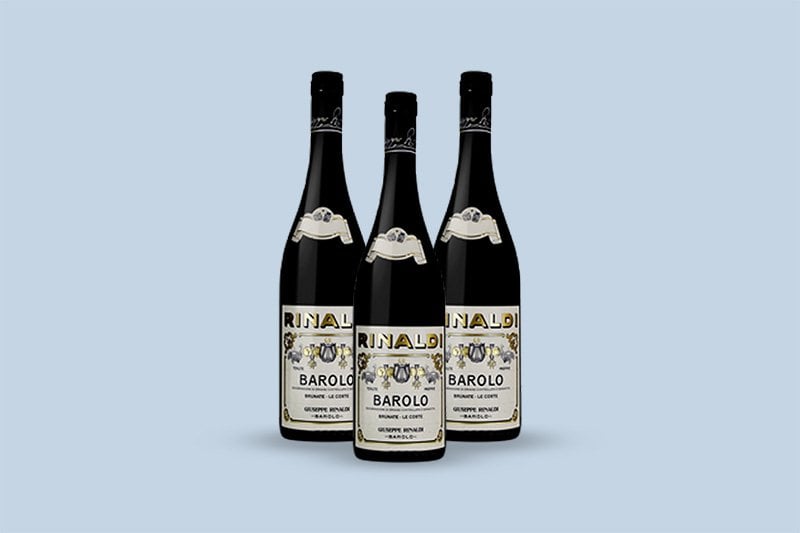
This brilliant Nebbiolo from the Piedmont region has developed smoky flavors with aging and hasn’t lost its color.
This Italian wine gives off smoky aromas with hints of beef, roses, and sweet black fruits. On the palate, firm tannins give it a thick and bold structure.
4. 2011 Luciano Sandrone Le Vigne Barolo DOCG, Italy ($138)

This sweet Italian wine is made with a blend of grapes from multiple vineyard plots - the first year in which Villero was included in the blend. With its great aromatics, tar, and herbal notes, it showcases the finesse of a Nebbiolo grape.
It is firm, full-bodied, and refined with young red fruit and citrus character.
5. 2010 Giuseppe Mascarello e Figlio Monprivato Ca d'Morissio, Barolo Riserva DOCG, Italy ($834)
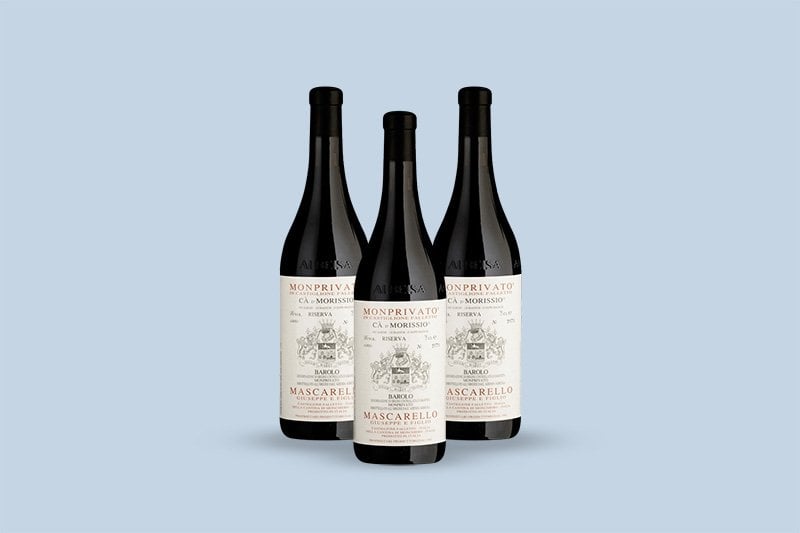
The 2010 Giuseppe Mascarello e Figlio Monprivato has a high acidity that leaves a freshness on the palate. The tannins are firm but don't overwhelm the palate.
A little less floral than other wines from the Barolo zone, this vintage has notes of mushrooms, cloves, spice, and tar. The wine has a lasting flavor dominated by dark fruit flavors. It can age for ten more years.
6. 2012 Cappellano Otin Fiorin Piè Franco - Michet, Barolo DOCG, Italy ($717)
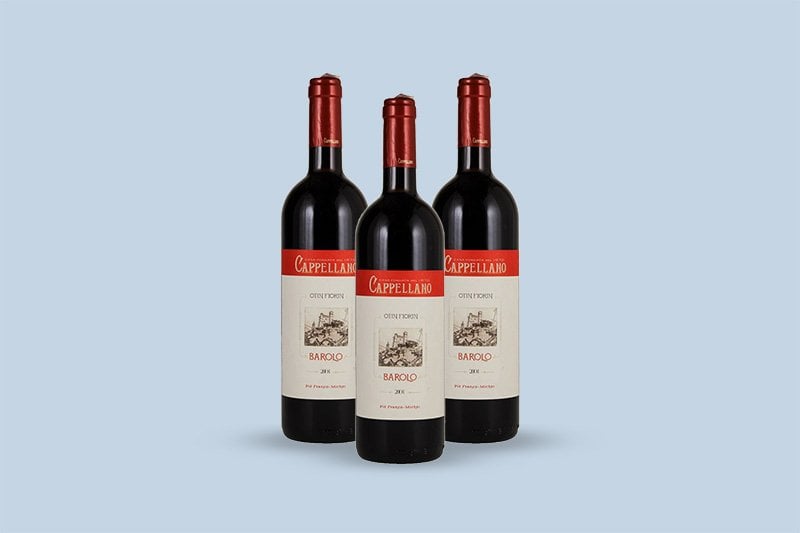
A ruby red wine with garnet hues, the 2012 vintage by Cappellano shows great aging potential.
This classic Barolo is a robust, well-structured wine with smooth tannins. Rich and dense on the nose, the dominant aromas include licorice, chocolate, and black pepper.
7. 2016 Bartolo Mascarello Artist Label, Barolo DOCG, Italy ($707)
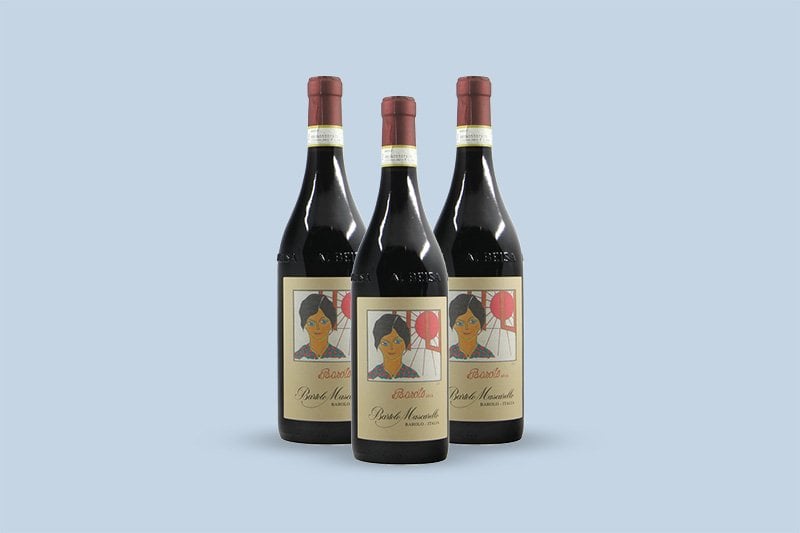
Another Nebbiolo wine from the Barolo zone, the 2016 Bartolo Mascarello showcases the fine taste and rich finesse of the grape variety.
It has various flavors, including wild berry, licorice, ash, rusted iron, and graphite. The fine tannins also give it a silky smooth finish on the palate.
The wine can age beautifully for 20+ years.
8. 2016 Massolino Margheria Barolo DOCG, Italy ($87)

This dry Barolo red wine is earthy, oaky, and has the aroma of dried rose petals and soft vanilla. You’ll love the nuances of red berries, wildflowers, blood orange, cinnamon, and mint.
It is medium in body and will age until around 2040.
9. 2010 Poderi Aldo Conterno Granbussia, Barolo Riserva DOCG, Italy ($756)
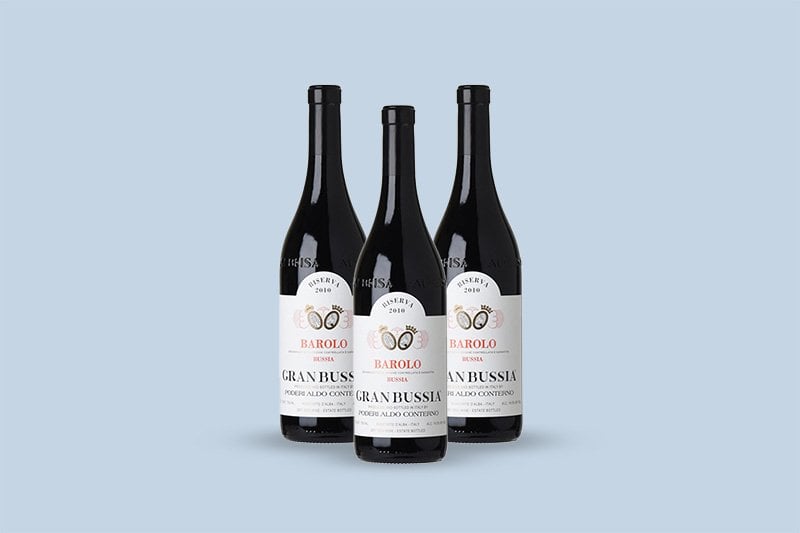
Poderi Aldo Conterno, a producer from Monforte d’Alba, cellars the wine for around eight years before it is released.
Aromas of cherry and leather dominate the nose with hints of blackberries, ripe plums, sandalwood, and herbs. Dense tannins and cherry flavors on the palate give this great wine a long and lasting finish.
10. 2016 Araldica Flori Barolo DOCG, Italy ($20)
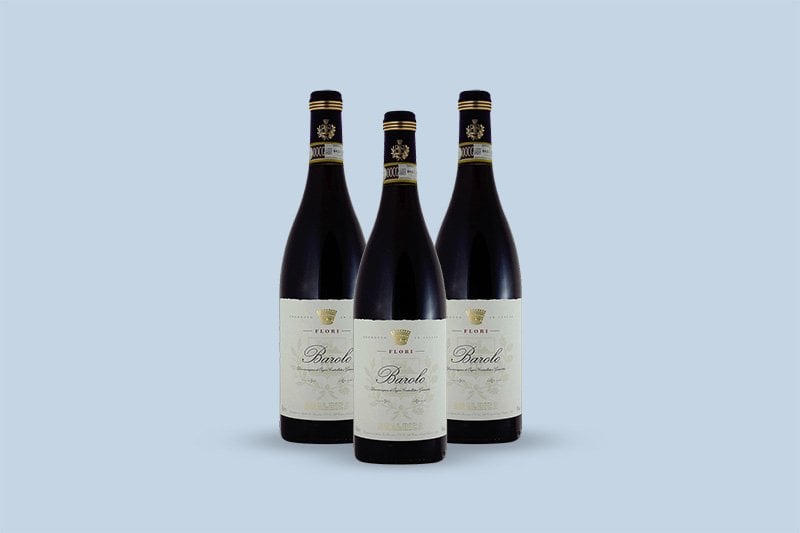
This Barolo has a supple, fine structure and is matured in Araldica’s cellars situated in Castel Boglione. It has a complex nose of red fruits, brown spice, and flowers.
The firm, velvety tannin is accompanied by a fruity, rounded texture and a long finish.
Food Pairings with Barolo Wine

The dry, full-bodied, and tannic Barolo wines are best paired with high protein dishes (like beef and veal) to bind the tannins.
Avoid soft foods like fish, as the wine will overwhelm the palate with its intense flavor.
Barolo also pairs well with white truffle.
Before serving your wine, let it rest in a decanter to open up the tannins.
Now for the big question:
Should You Invest in Barolo Wine?
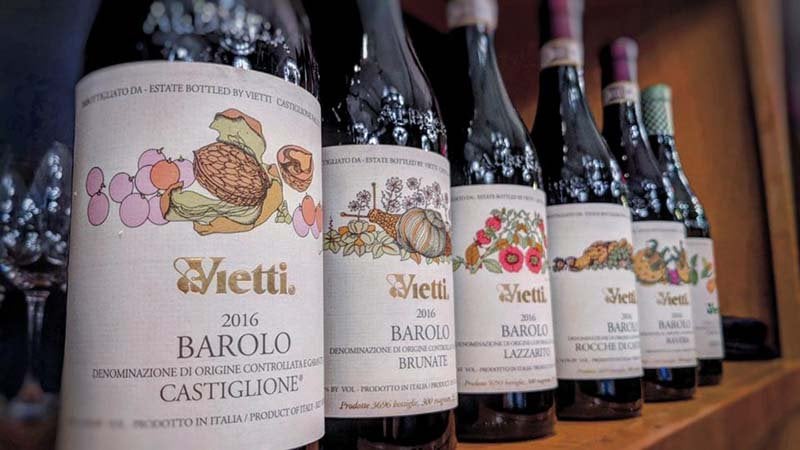
Barolo wine is a potentially savvy investment that remains relatively untapped.
Many of these wines have great aging potential due to the firm tannins and high acidity of the Nebbiolo grape.
Before release, the Barolo wine is aged for three years. You can age a Barolo in a cellar for at least ten years. A Barolo wine from a good winery like Giuseppe Rinaldi can easily age up to 30 years.
You can compare Barolos to Burgundy red wines - both are made in northerly climes, from a single varietal, in much smaller quantities than Bordeaux wines.
The quality of wines from the region has only been getting better since 2000, with a growing number of highly-skilled, experienced winemakers.
Needless to say, they deserve a spot in your wine cellar!
So, how about getting a Barolo wine for your collection?
The easiest way to do it without bothering about prices, fake bottles, storage, and delivery is to entrust a wine investment expert like Vinovest!
Before you do that, let’s look at how the wine is made and a bit of its history.
How is Barolo Wine Made?
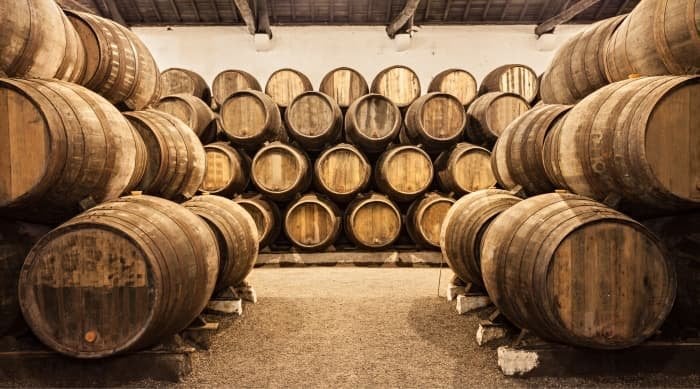
These 100% Nebbiolo wines are produced under strict DOCG regulations.
Following the vinification, Barolo wines are aged in wood for 18 months. It is aged for another three years in bottles before being released.
Several Barolo producers make single-vineyard bottlings and have gained an informal cru status. Some of them are Cannubi, Brunate, Rocche, Bussia, Ginestra, and Santo Stefano di Perno.
What do “Riserva” and “Vigna” Mean on Barolo Wine Labels?
On a Barolo DOCG wine bottle, you may find one of these two words printed - Riserva or Vigna.
What do they mean?
- Riserva wines are those that are cellared for at least five years before they’re released.
- Vigna stands for wines that come from a single vineyard.
Now, the two Nebbiolos, Barolo and Barbaresco, are often compared to each other.
What is the Difference Between Barolo and Barbaresco Wine?
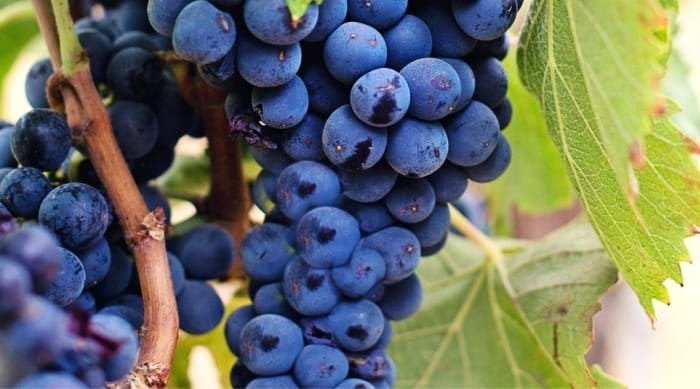
Since Nebbiolo is a terroir sensitive grape, the wines it makes in the Barolo area and the neighboring Barbaresco wine region are subtly different.
The calcareous marl soil of Barolo creates Nebbiolos high in tannins and acidity. The continental climate makes the grapes and the wines fruitier.
On the other hand, Barbaresco has limestone-rich soils with a milder climate when compared to Barolo.
You’ll find that Barbarescos are elegant and approachable, while Barolo wines are usually strong and intense.
Also, since Barbaresco wine has fewer tannins than the wines from Barolo appellation, and thus, it doesn’t age as long as Barolos.
The Colorful History of Barolo
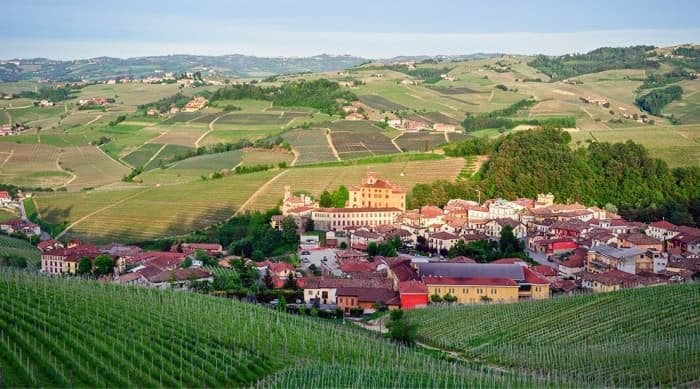
Before the 1800s, Barolo was a sweet cask-only wine full of fruity flavors.
How did the sweet Barolo wine evolve into a dry wine?
In the mid-1800s, the Count of Cavour took the help of Louis Oudart, a French wine maker from Champagne, to modernize his family’s wine estate. They carried out complete fermentation of the must of Nebbiolo grapes making the wine extremely dry.
Around the same time, Giulietta Falletti, Marchioness of Barolo, took guidance from Louis Oudart for her estate in Serralunga valley and Barolo village to produce a Bordeaux-style wine.
The wine was so fine that it managed to attract the attention of King Carlo Alberto di Savoia and thus, it came to be called the ‘King of Wines’.
The Barolo War
During the 1970s and 1980s, Barolo winemakers were divided into two groups - giving rise to the Barolo Wars.
- The first were modernists or rebels. They used roto fermenters (a vessel that ferments grapes artificially) to speed up the winemaking process and aged the wine in a new French oak cask. The resulting wine was less tannic and could age faster.
- On the other hand, the traditionalists (wine producers who stuck to old techniques) didn’t consider the new wines as true Barolos! Their process involved a maceration of 15-30 days, after which the wine was aged in oak barrels for years.
There was no definite conclusion to this war.
Today, you’d find that both styles are equally famous - the modern Barolo with its spicy nuances and traditional Barolo wines with strong tannin and aromas.
Add an Age-Worthy Barolo to Your Collection Now!
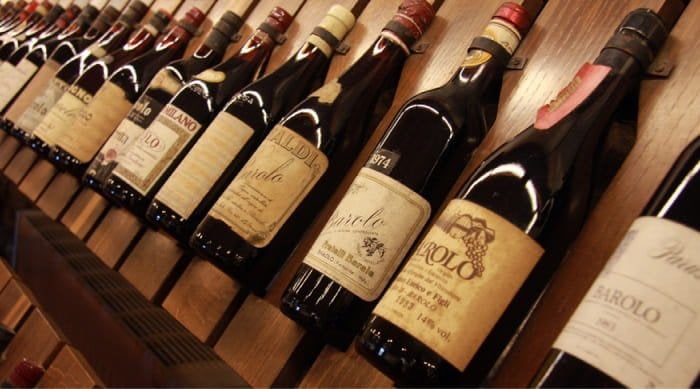
Barolo wines are exotic and age beautifully in your wine cellar. So, no doubt they deserve a place in your wine collection!
The smartest way to invest in these fine wines is through Vinovest - whether it’s a Bruno Giacosa, a Pio Cesare, a Brunello di Montalcino, a fine Burgundy Pinot Noir, or a Napa Cabernet Sauvignon!
Visit the Vinovest website right away to start your incredible wine investment journey.
